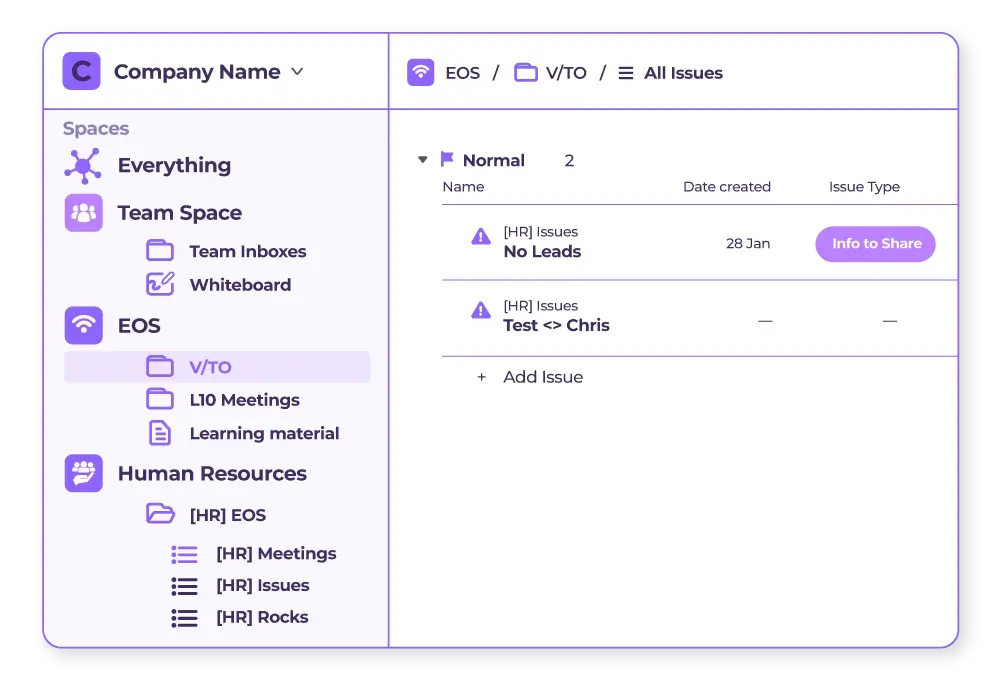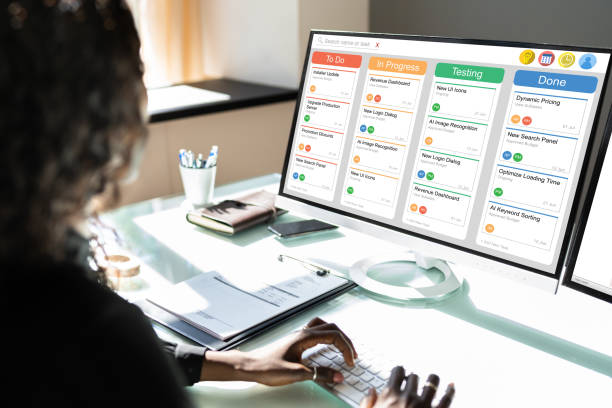The Ultimate Guide to ClickUp Integrations: Streamline Your Workflow Across Tools

Strong 8k brings an ultra-HD IPTV experience to your living room and your pocket.
ClickUp is a powerful all-in-one productivity platform, but its real strength shines when used alongside your existing tools through ClickUp integrations. Whether you're a startup juggling Google Workspace apps or a growing team working with Slack, Zoom, or GitHub, integrations can supercharge your workflows by automating tasks, syncing data, and reducing context switching.
In today’s digital workspace, teams often rely on multiple platforms for communication, collaboration, and project tracking. Rather than manually updating each one, integrating ClickUp with your favorite tools ensures everything stays connected, centralized, and efficient.
What Are ClickUp Integrations?
ClickUp integrations are connections between ClickUp and external apps that allow data to move between systems or automate specific actions. Instead of jumping between tabs or re-entering data, integrations let you:
Send Slack messages when a ClickUp task is updated
Create ClickUp tasks from emails in Gmail or Outlook
Sync ClickUp with your calendar for scheduling
Automate repetitive actions via Zapier or Make
Connect development tools like GitHub or Bitbucket
Link cloud storage from Google Drive, Dropbox, or OneDrive
These integrations are available natively (built into ClickUp) or via third-party tools like Zapier, Make (Integromat), or custom APIs.
Most Popular ClickUp Integrations (and How to Use Them)
Here are some of the most commonly used integrations and how they can streamline your daily operations:
1. Slack
Keep your team in sync by connecting ClickUp with Slack. Get instant notifications when tasks are created, updated, or completed. You can even create tasks directly from Slack messages using the ClickUp bot.
Best for: Teams that rely heavily on real-time communication and want to turn conversations into action.
2. Google Calendar & Outlook
ClickUp’s calendar integration helps sync your tasks and due dates with your calendar, giving you a unified view of your schedule. You can drag and drop tasks to reschedule or see availability at a glance.
Best for: Teams managing deadlines or scheduling meetings/tasks.
3. Google Drive / Dropbox / OneDrive
Attach documents directly from your cloud storage into ClickUp tasks. This keeps everything centralized and makes it easier for team members to access the files they need without searching across platforms.
Best for: Creative or operations teams who deal with file-heavy tasks.
4. Zapier & Make
These platforms allow you to build custom workflows that connect ClickUp with 3,000+ apps. For instance, you can automatically create a ClickUp task every time a lead fills out a form on your website or when a new row is added in Google Sheets.
Best for: Non-technical teams looking to automate without coding.
5. GitHub & GitLab
Development teams can link code repositories to tasks, track commits, and even automate deployments based on task updates.
Best for: Software teams needing closer alignment between project management and code development.
6. Zoom
Integrate Zoom to schedule or join meetings directly from ClickUp. You can even link meeting recordings to relevant tasks for future reference.
Best for: Teams that hold regular standups, client calls, or collaborative planning sessions.
When to Bring in the Experts: The Role of ClickUp Consultants
While ClickUp integrations are incredibly useful, setting them up strategically requires planning, especially if you're integrating multiple systems or managing sensitive data. This is where ClickUp consultants come in.
ClickUp consultants specialize in helping businesses:
- Identify which integrations will bring the most ROI
- Set up automations and workflows without breaking existing systems
- Create scalable processes as teams grow
- Train staff to use integrations effectively
- Troubleshoot issues or bugs in third-party connections
Working with a ClickUp consultant ensures your tools are not just connected but working together in a way that supports your business objectives.
Consultants can also help with advanced use cases, such as:
- Integrating CRMs like HubSpot or Salesforce
- Automating billing and task creation from platforms like QuickBooks or Stripe
- Creating custom dashboards that pull from multiple integrated sources
- Developing API connections for niche or proprietary systems
For larger teams or businesses going through digital transformation, hiring a ClickUp consultant can save time, reduce risk, and maximize the platform’s value.
Tips for Getting the Most Out of Your ClickUp Integrations
To make sure your integrations improve productivity (not add complexity), follow these best practices:
1. Start With What You Use Daily
Integrate the tools your team is already using. For example, if Slack or Google Calendar is a daily driver, start there before diving into lesser-used platforms.
2. Automate One Task at a Time
Begin with simple automations like creating a task when an email is flagged. Once those work smoothly, you can scale up to more complex workflows.
3. Keep Permissions in Mind
Some integrations require access to sensitive data (e.g., emails, customer info). Make sure to configure permissions appropriately and follow data compliance policies.
4. Document Your Workflows
Whenever you set up a new integration or automation, document it. This helps with onboarding new team members and troubleshooting if something breaks.
5. Review & Refine Regularly
What works today might not work tomorrow. Schedule regular audits of your integrations to remove outdated connections or improve efficiency.
Final Thoughts
ClickUp integrations are one of the most powerful ways to customize the platform to your team’s specific needs. From automation and communication to scheduling and reporting, integrations ensure ClickUp becomes a true hub for your daily operations—not just another app to manage.
However, with so many possibilities, it’s easy to get overwhelmed or waste time setting up the wrong workflows. That’s where experienced ClickUp consultants can help you build smart, scalable systems that grow with your team.
Whether you’re integrating one app or building a fully connected tech stack, taking the time to plan your ClickUp integrations properly will pay off in the form of better collaboration, faster delivery, and less friction in your day-to-day work.
Note: IndiBlogHub features both user-submitted and editorial content. We do not verify third-party contributions. Read our Disclaimer and Privacy Policyfor details.







